Wat Phra Kaew
Tags : Buddhist Temple
Timings : 8:30 AM - 3:30 PM
Entry Fee : THB 500
Temple of the Emerald Buddha
Wat Phra Kaew, Bangkok Overview
The temple of the Emerald Buddha, commonly known as Wat Phra Kaew, is the most essential and revered Buddhist temple in Thailand as it enshrines the image of Phra Kaew Morakot carved from a single jade block. Established in 1785, the temple has elaborate carvings, paintings and pagodas, making it a spectacular sight for visitors. It is located inside the Grand Palace compound.
Considering the significance of the Buddha statue, no one is allowed to go near it, except for the king. Adorned with beautiful paintings and murals, Wat Phra Kaew is a bustling attraction with devotees and enthusiastic visitors throughout the year.
Must Know Before You Visit Wat Phra Kaew
Must Know :
- Photography is not allowed inside the temple.
- A Personal Audio Guide can be hired from 10:00 AM to 2:00 PM. Many languages, including English, French, German, Japanese, Mandarin Russian, and Spanish, are available for your easy understanding.
- Since it is a sacred temple, dress conservatively. Legs and arms should be adequately covered. Clothes are available at the counter, but it generally has a long queue.
- While worshipping in front of the Buddha image, your feet should not face the sculpture. It is considered highly disrespectful.
Read More on Wat Phra Kaew
History of Wat Phra Kaew
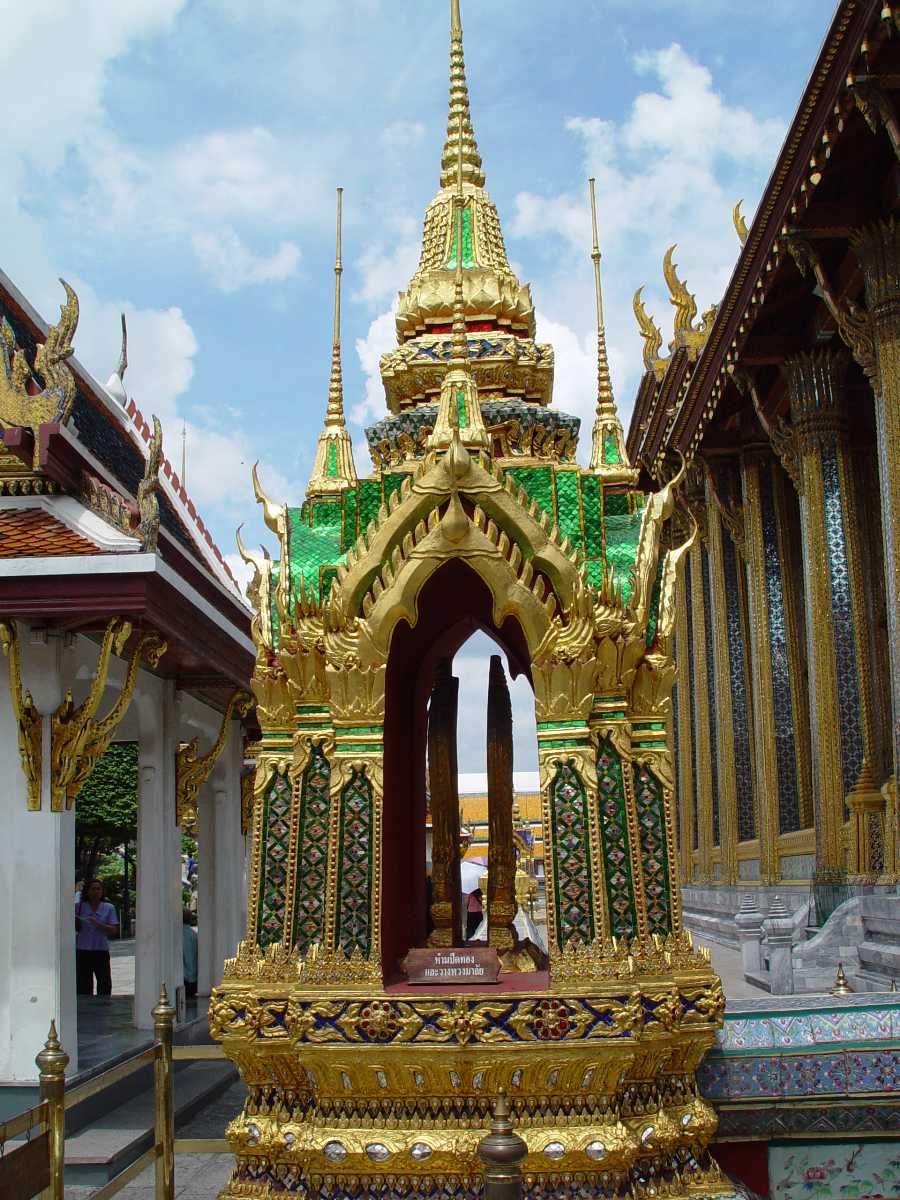
(Source)
The Emerald Buddha
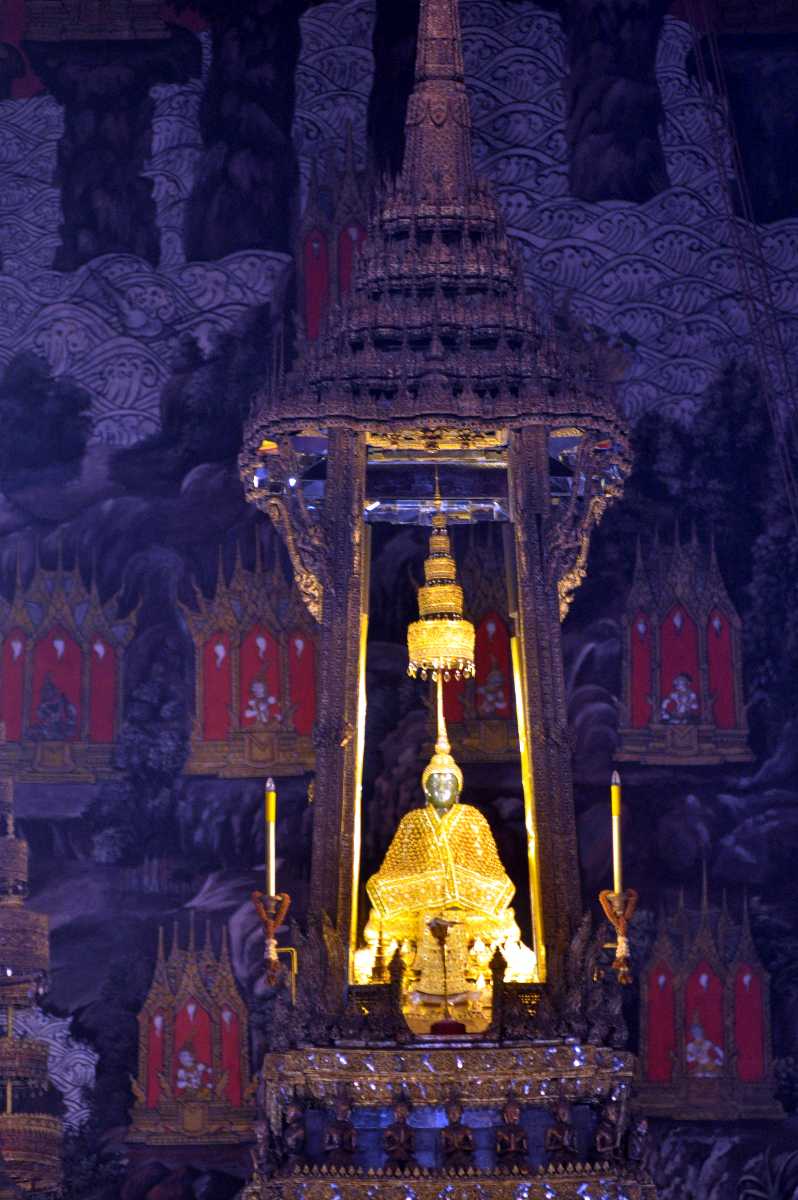
in Thailand, found at Wat Phra Kaew
(Source)
Architecture
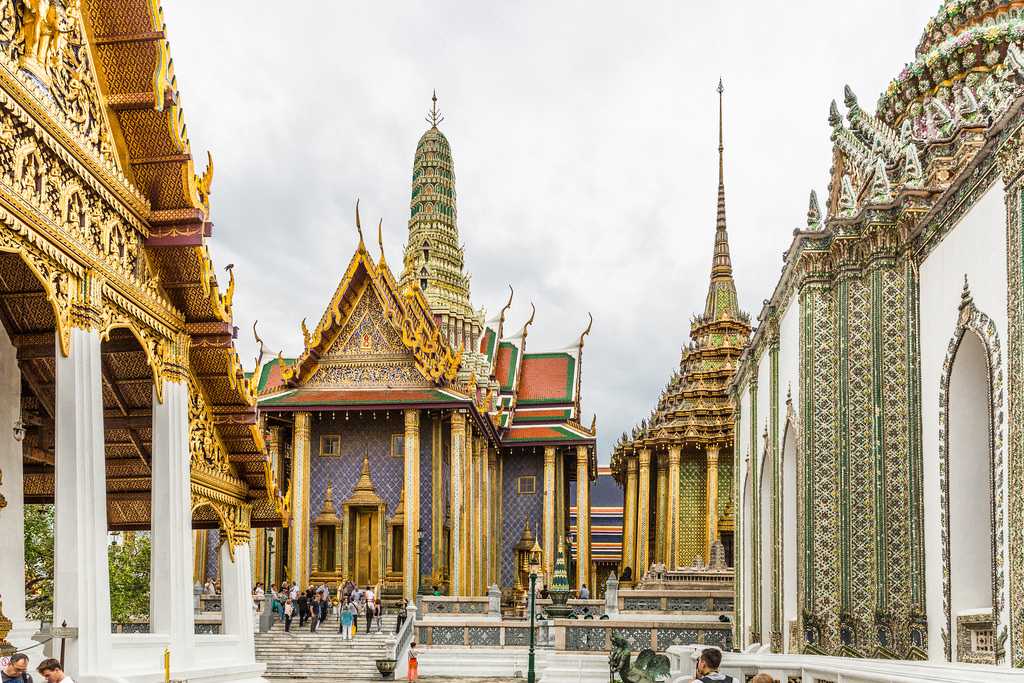
(Source)
_20180926180132.jpg)
(Source)
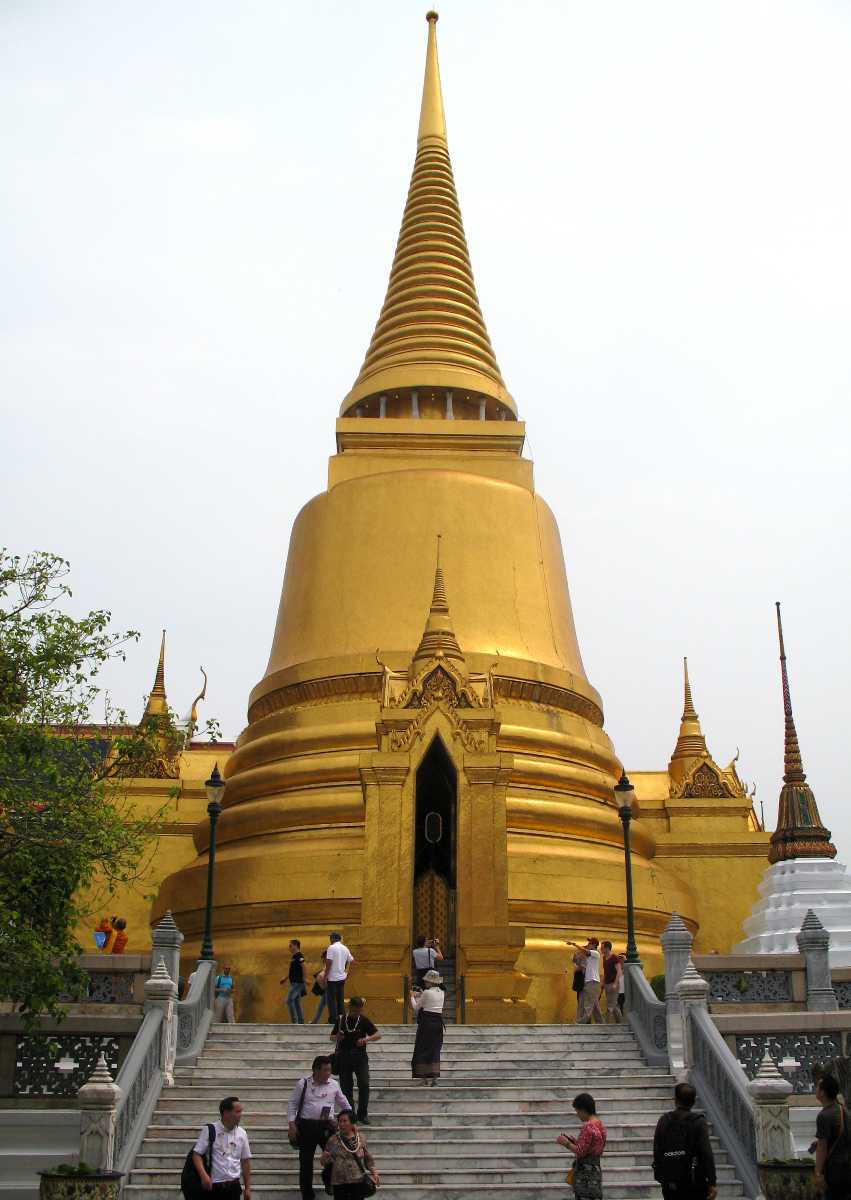
(Source)
The Temple Complex of Wat Phra Kaew
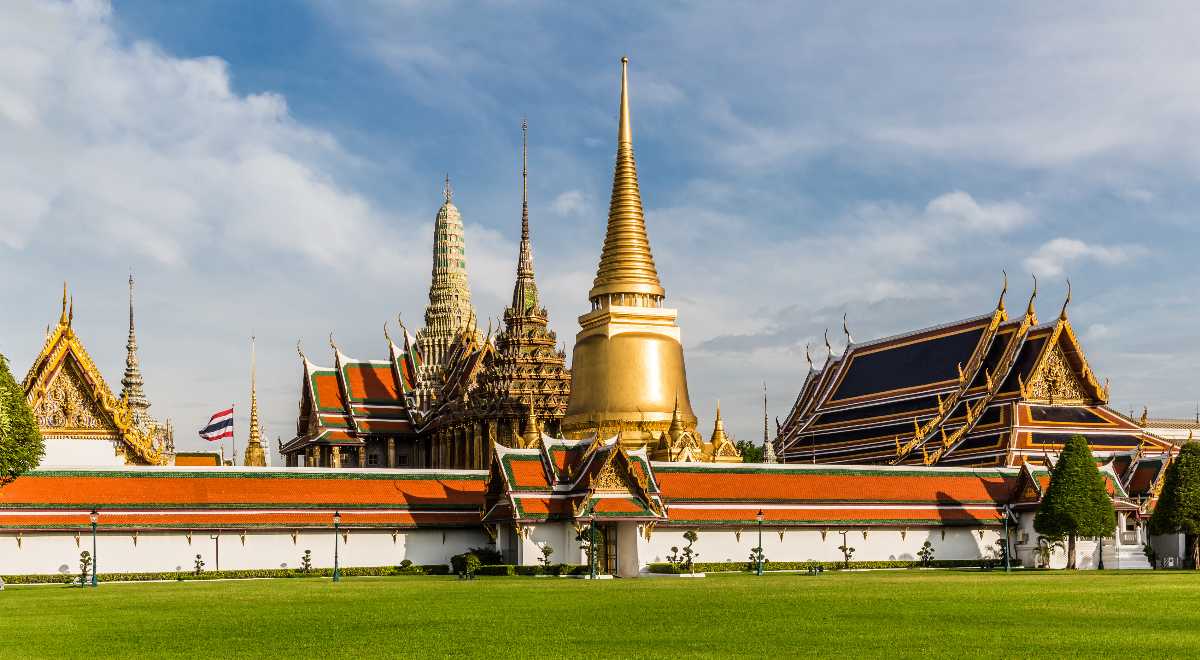
(Source)
The Hall of Justice
The Amarindra Hal, known as the Hall of Justice,l is one such hall, which is used for the coronation ceremony. Its walls and pillars are an excellent example of Thai architecture. The antique throne, which was used before the present throne, also lies here.
Borombhiman Hall
Borombhiman Hall, which is built in the French style, is renowned for being the residence of every king, since King Rama VI, at some time or the other.
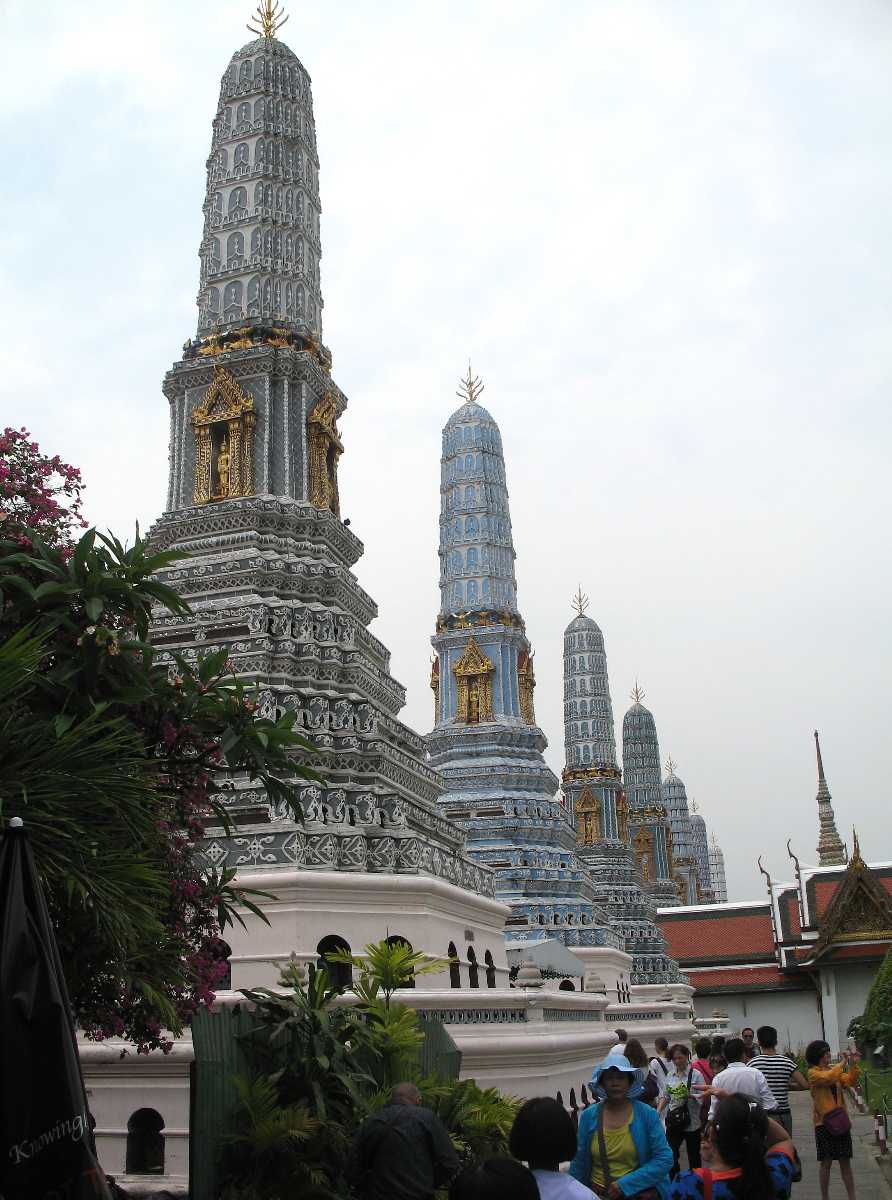
(Source)
